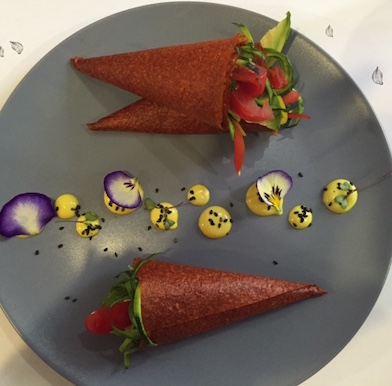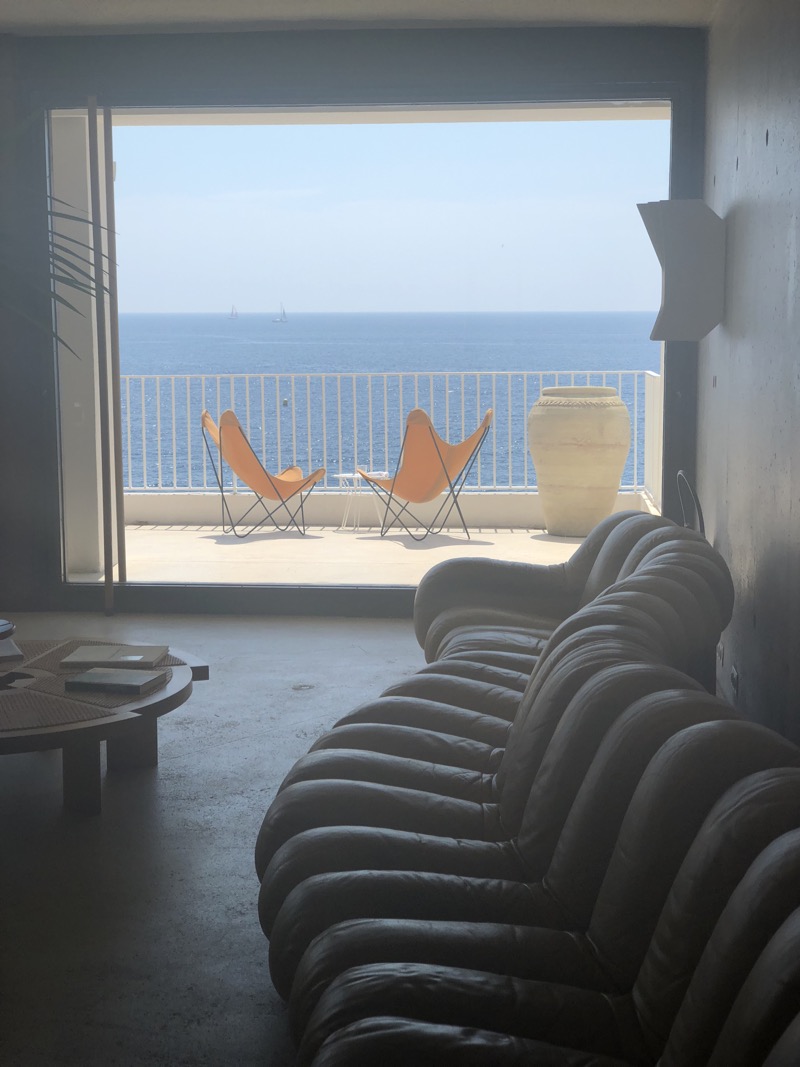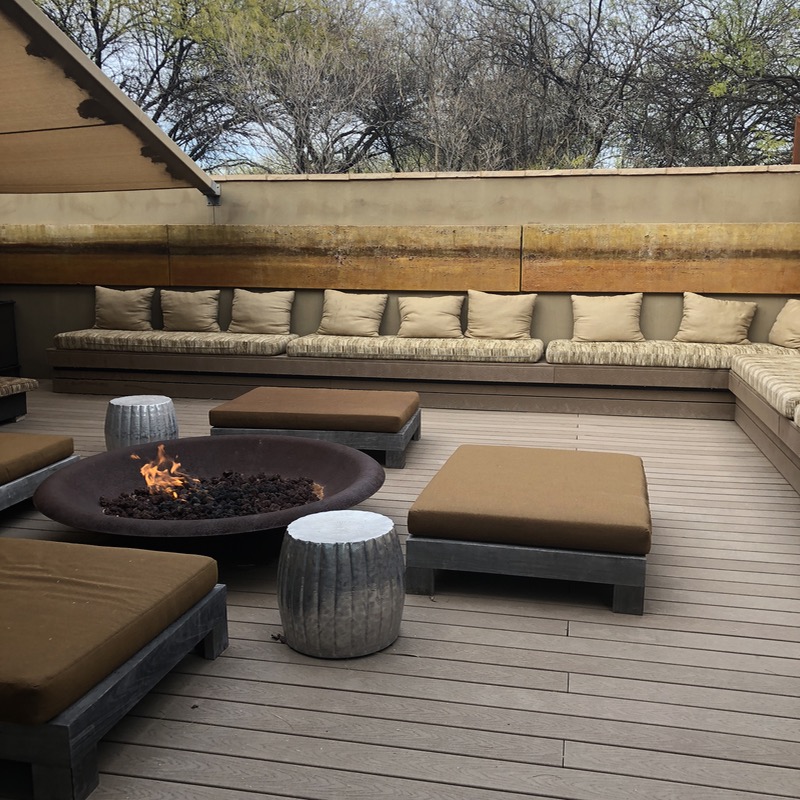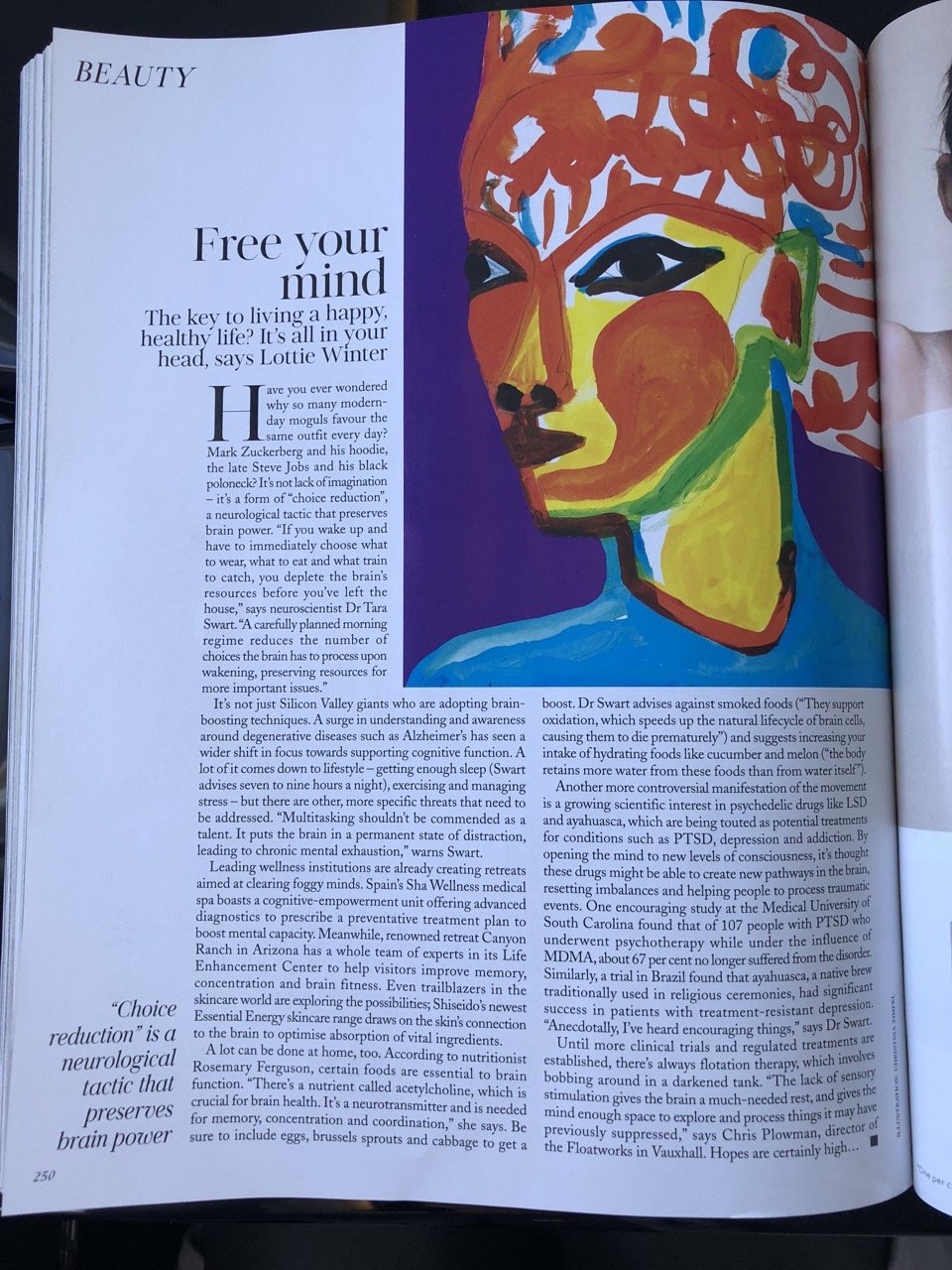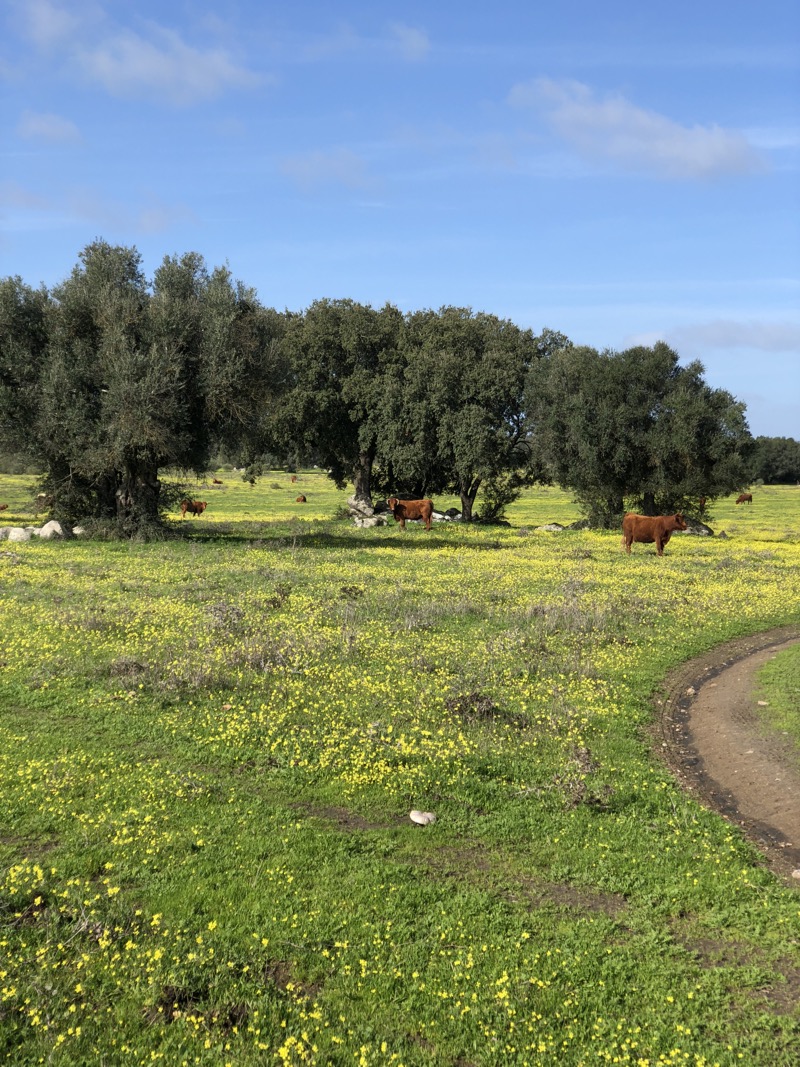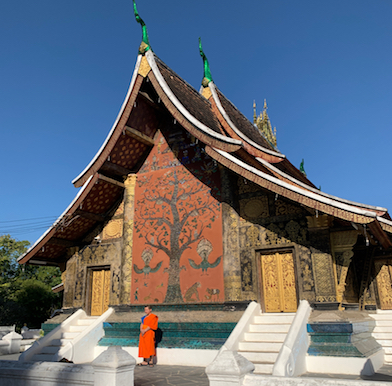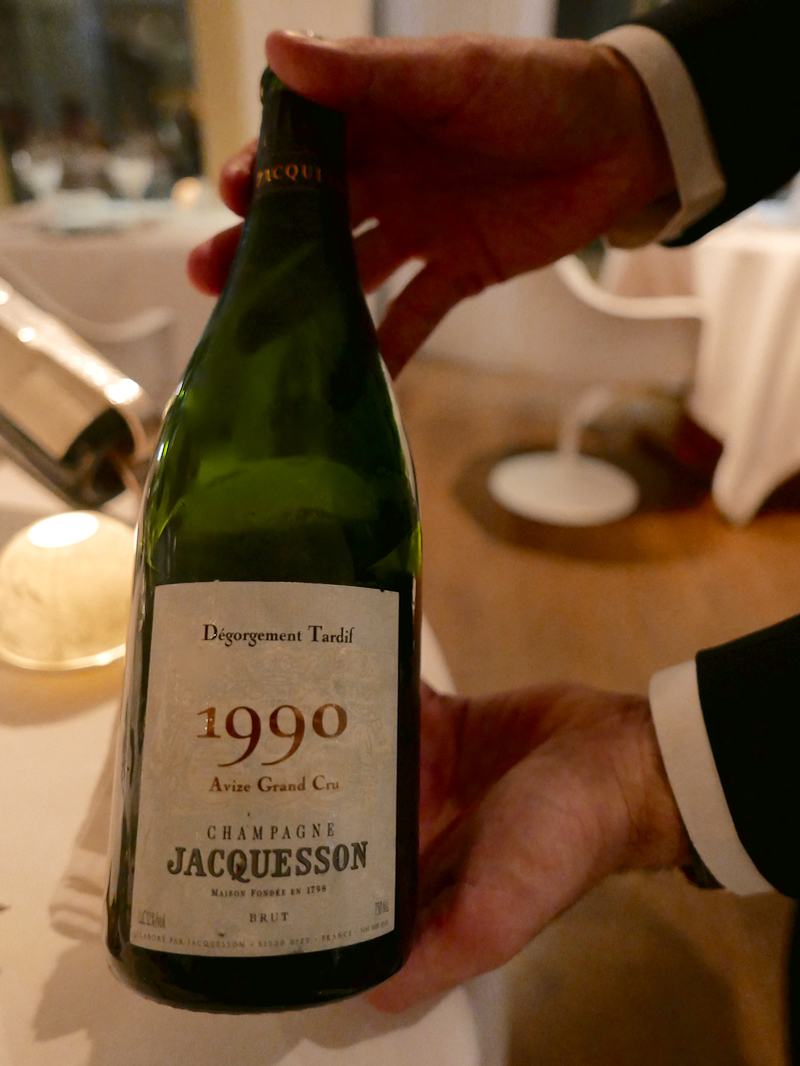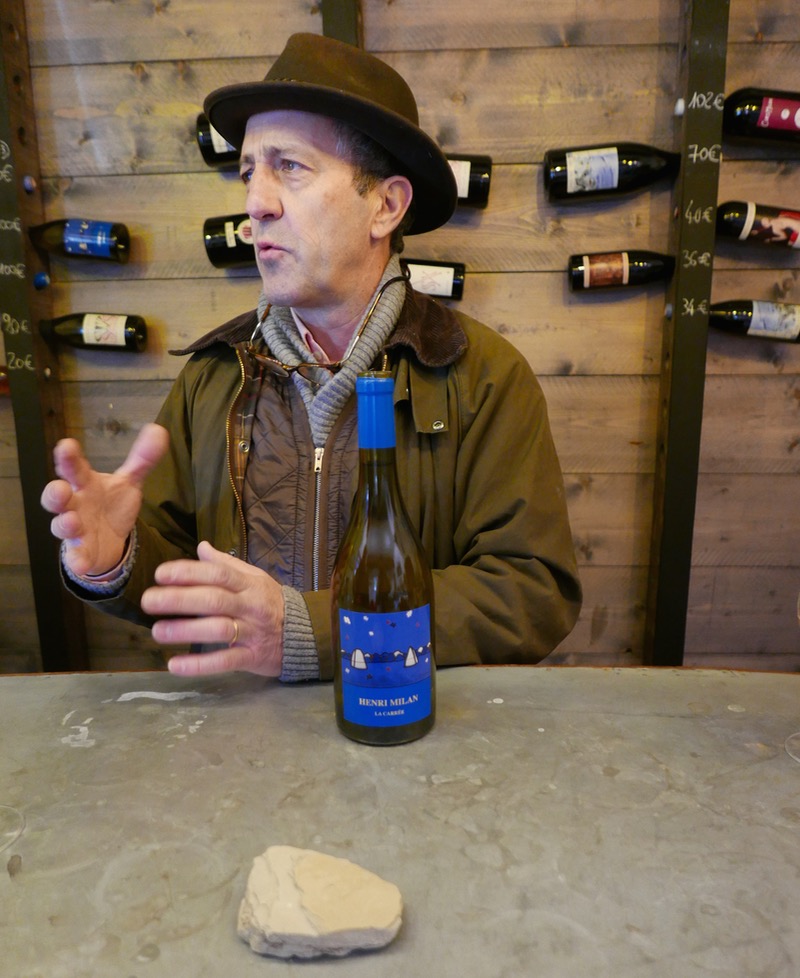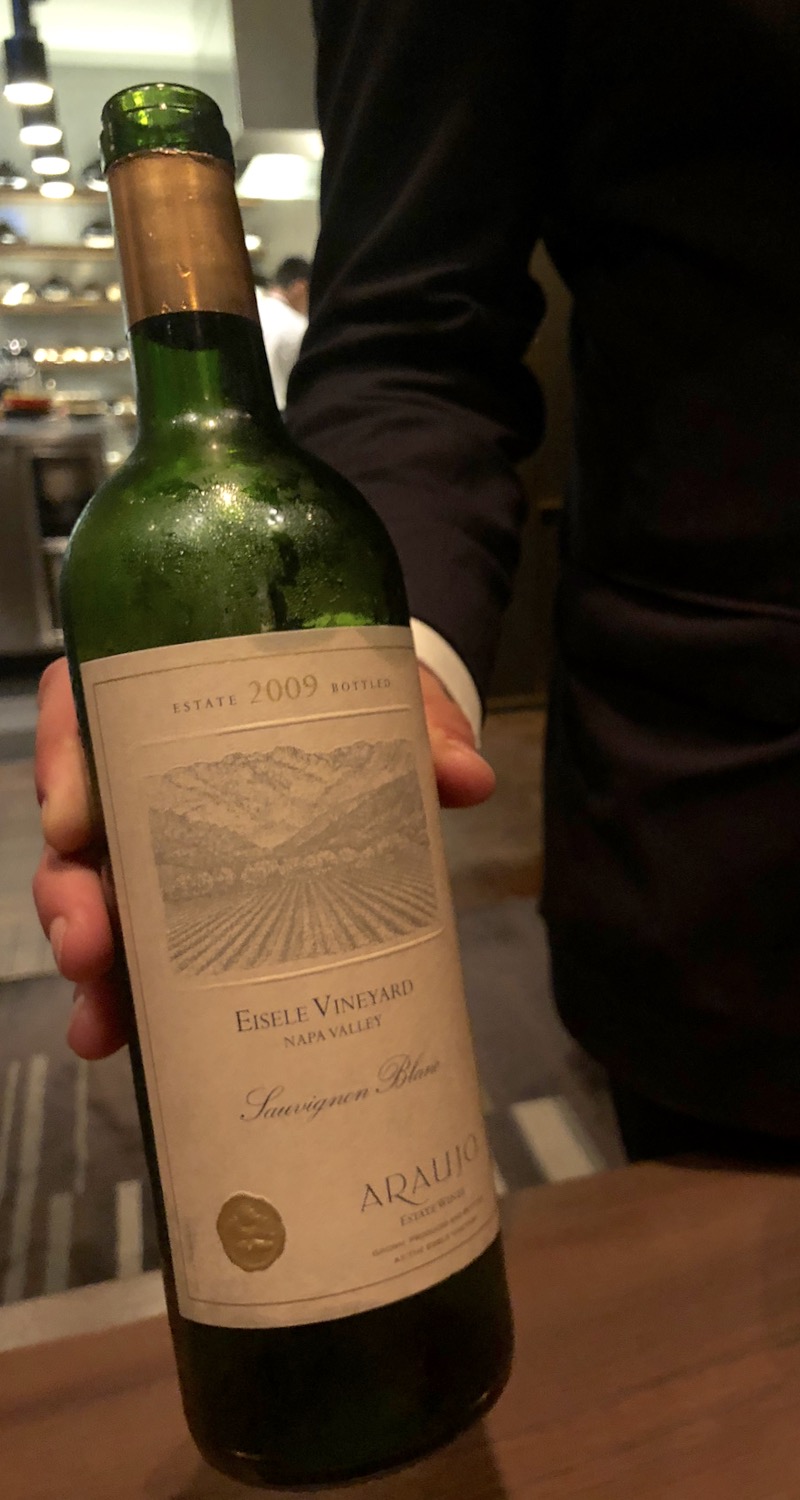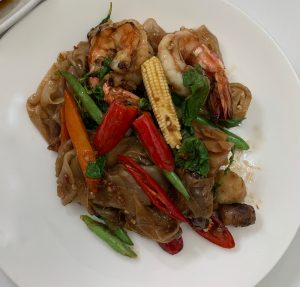CLOSED Mantra: finely tuning Italy to raw plant cuisine
It is a terrible loss, but Mantra, the first raw restaurant in Milan better than most plant-based restaurants and cafes (read my vegan reports from LA) in the United States, where the raw foodism trend originated, closed. In Italy, the land of love and enunciated passion for its ingredients from the claws of sea clinching the South to the Alpine mountain-scape of the North, the potential for vegan dining is huge. Follows my homage to what was once our favourite raw food eatery in the world. I originally posted this article in 2016.

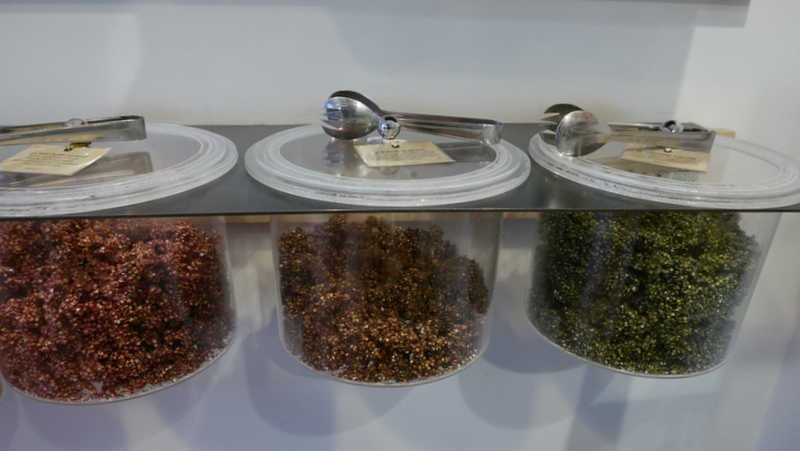
The sustainable sound of Mantra Milan
The location yielded in part the success of Mantra, but foremost, it is the creative spirit of its talented chef Alberto Minio Paluello, who heads the glass-walled raw kitchen with a zeal of a prophet. Paluello trained at the plant-food learning epicentre of Matthew Kenney‘s Academy in the US. Yet, his translation of raw food into reality is much better. The health-glowing chef creates more flavorful dishes than most of the Kenney’s operations in North America now. Still, he keeps the presentation up to the contemporary high dining standards. Edible flowers, lush green tips of herbs and a drizzle of olive oil, naturally cold-pressed, makes you think of dining at Noma or any other Nordic icon of contemporary gastronomic eloquence.

If in a hurry, which is not the tone Mantra resonates, you can just veer in for a daily juice fix, a raw nutty or dehydrated fruit snack liberally weighed on from hanging dispensers or bike your carbon emissions off in a smoothie. I mean exactly that! As you pedal on the orange stationary bicycle, your movement swirls the blender attached to it. I have not tried, but you can if you dare. A smart invention of a local genie passionate about the environment as much as his raw sense of humour. From the snacks the CRACK Almond and shiitake mushrooms crackers impressed me the most, the PAT airy dehydrated kale chips marinated in cashew cream and bell pepper are also a standout.
The takeaway juices are served in recycled plastic bottles, food in paper boxes, water is filtered through a Japanese carbon system (a black stick lingers in your jar absorbing the impurities in tap water) and the produce is mostly local with the menu changing seasonally. Expect different flavours in January from June.


In tune with the Italian seasons
Unlike in the always warm and sunny California, the changing seasons in Europe cast opportunities as well as limitations on the patron that pays attention to the seasonal availability of ingredients. On the wall across from the juice and dessert bar counter, hang the illustrated local plant calendar month by month. Still, the youthful chef is as resourceful as are the founders of Mantra, who often help by keeping an eagle eye on the happenings inside and at busy times wait the tables. Their presence assures that feedback is immediately processed and that everything runs smoothly. In the restaurant business, it is well known, that the relationship between the owner and his chef benefit the quality of execution and better communicate the vision of both to the customer.

Vegan slow lifestyle choice for all ages
At lunch you see lone professionals enjoying a healthy lunch instead of the ubiquitous glutenous panini stuffed with salami, a mother with her fashionable teenage daughter venturing into the vegan lifestyle and health conscious friends chatting over leafy plates. Dinner is more fun with mostly organic cocktails and wines adding to the gourmet pleasure served at Mantra. The service flows in a healthy pace, which in a yogic practice means the waiters and the kitchen staff do not pump their arms faster than their breath frequency. Most of the global citizans of the modern fast food nation may get frustrated, but if you know it ahead you plan accordingly. Enjoy the conversation with your dining partner or bring a book if you eat alone.

Plant raw food plated beautifully
There are not many restaurants where takeaways are taken as seriously as the plated dishes. Our take-out not just survived the three hours drive from Milan to Monaco, but the flower petals and verdant herbs topping the dishes looked stunning at our dinner table at home. An effortless healthy feast after indulgent dinners in Italy brought us back to balance.
After two lunches at Mantra and two exciting takeaways, our recent favourite menu items were:
RAWV Pumpkin ravioli: a small starter, yet the best raw vegan ravioli I have had to date. Filled with pine nut and spinach “fondue” and topped with zesty cilantro (coriander leafs), lime and pumpkin seed pesto it was further freshened by sweet and sour vinegar marinated apple chunks. [pictured in the takeaway box above] In summer, I had Beet ravioli with lemon cream stuffing and yellow bell pepper sauce. A perfect display of seasonally changing ingredients.
TAB Hemp seed tabbouleh with mint oil, cucumbers, pomegranate seeds. On a side of this large salad was smashed delicious beet and pomegranate hummus with cumin crisps dehydrated from a blend of chia seeds, beet juice and cumin spice.

ROT Rotolo wrap: bell pepper dehydrated wrap filled with vegetable crudites and creamy, perfectly ripe, avocado. Spiced through a ginger sauce this is an exquisite light lunch. Dehydrated foods can keep up across the seasons.
INSY WAK Algae and mixed leafs seasonal salad: a large and rich salad marinated in lime with tahini vinaigrette. Cucumber pickles and a ginger foam brought up the sour dimension while hemp seed and spirulina gomasio (seasoning) upped its nutritional super-status.
We were not as keen on the winter ZPAG SNIP raw carrot and parsnip noodles with sweet saffron and orange dressing (the summer zucchini with pistachio nuts version is much better); the perhaps too mushroomy POL walnut and mushroom balls (=polpettine) with marinara sauce (rich tomato paste); and the winter ZUP Tomato fondue that was too rich and for my taste too acidic soup (=zuppa) served slightly warm in the cool season. Again, we preferred the summer ZUP take of tomatoes and herbal olive oil.
The names may sound wacky, but these are the mantras of the dishes. Chant them if you want for a holistic experience.
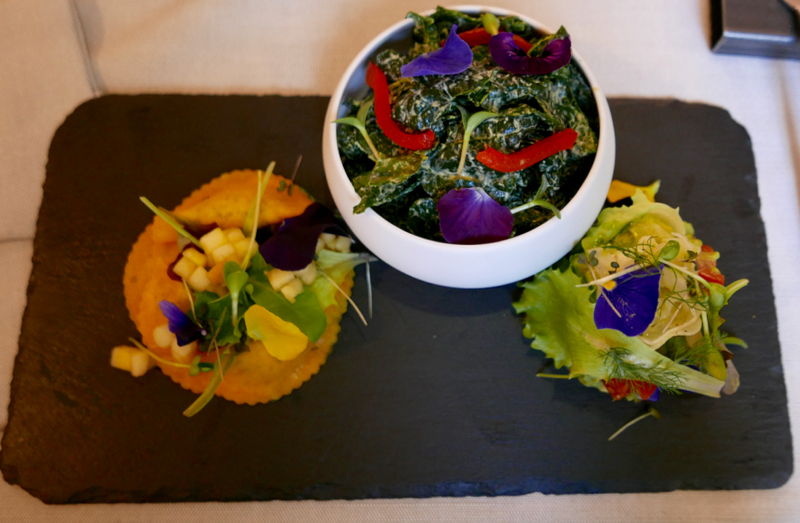
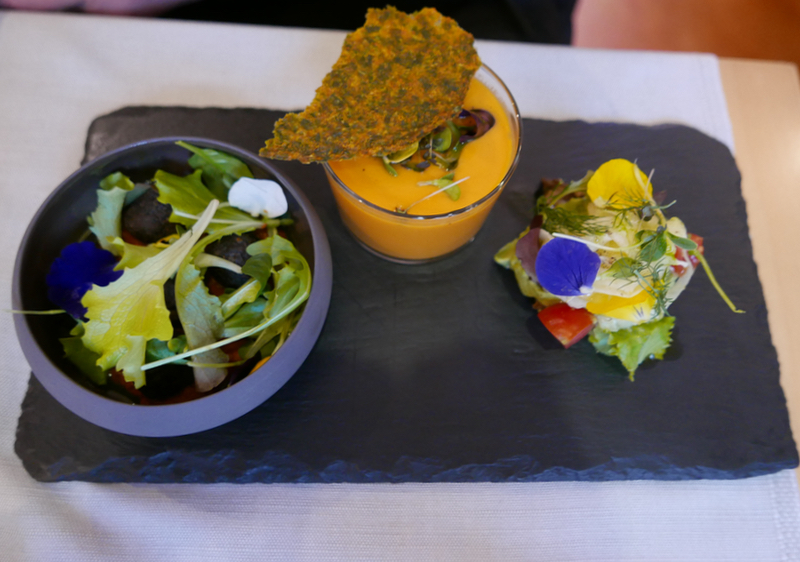
Cold pressed but also warmly embracing drinks

✉ Via Panfilo Castaldi, 21, 20124 Milano, Italy


